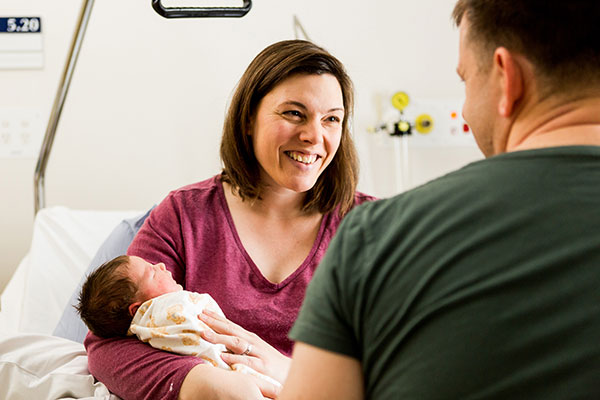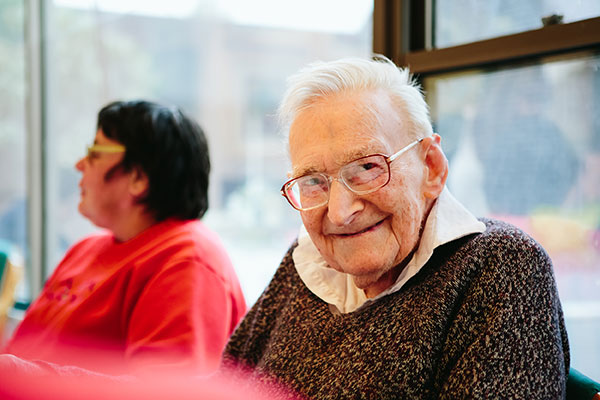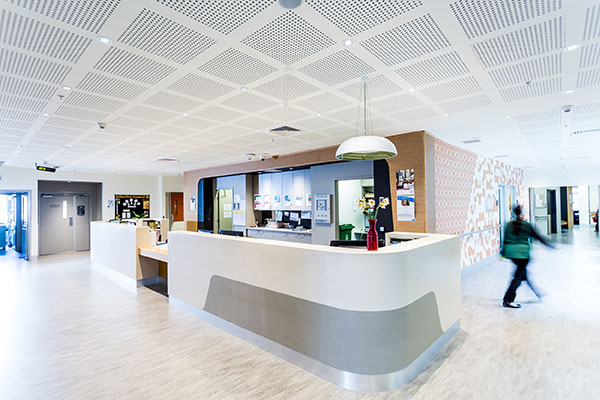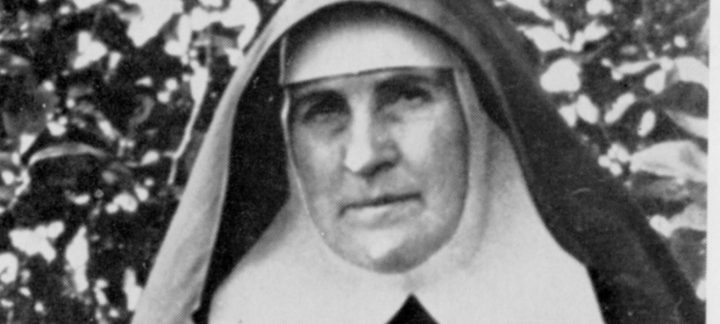“Never underestimate the power of a woman, be it for good or evil.”
The words sound like the epigraph to a great novel or film, not the advice of a Mother Superior to her nursing Sisters at St Benedict’s Hospital, Malvern, the first hospital opened by the Sisters of Mercy in Victoria almost 100 years ago. They are the words of Mother Francis Hanigan, who as a young Rose Hanigan, a girl from Castlemaine, could nearly have become a retail milliner, had she not decided to become a Sister of Mercy in 1895 after starting her noviciate at the age of 28.
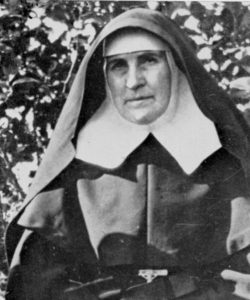
Mother Francis Hanigan First Superior of Mercy Hospital
Sr Francis had worked in Tatura before returning to Bendigo as Superior of the convent there in 1911. She showed innovation and leadership, observing that the health of her Sisters was best protected from the threat of deadly tuberculosis, by holistic healthcare — fresh air, good diet and exercise.
It was in the aftermath of the worldwide threat of pneumonic (Spanish) flu in 1920, that the Sisters of Mercy decided they should establish a hospital to care for the sick. It was Mother Evangelist Duggan, Superior of the Sisters of Mercy in Victoria, and fellow counsellors of the Chapter of the Sisters of Mercy, who nominated Mother Francis Hanigan to take on the role as the first Superior of St Benedict’s in 1921.
It was as if they knew this extraordinary woman would be exactly right to lead a hospital.
Under Sr Francis’ leadership, the hospital would be regarded as the epitome of hospitality and compassionate care, a place where the Sisters accompanied the unwell through the perils of illness and often to the end of life.
St Benedict’s opened in a former private residence, Coonil House. Not only did Mother Francis have to turn Coonil from a residence into a hospital, she also had to learn to become a nurse.
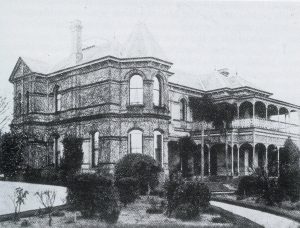
Coonil House, later St Benedicts Hospital (Source: Haughton collection, State Library of Victoria)
Before 1923, training and registration was not a requirement for nurses and midwives in Victoria, however, the Sisters of Mercy, perhaps recognising the importance of such standards, had sought to train their Sisters for some years before. Mother Francis Hanigan and three other sisters were sent interstate to research and learn about healthcare and hospital administration from Sisters of Mercy in Sydney and Brisbane, where health services had been operating from as early as 1906.
Perhaps Mother Francis’ greatest achievement was her vision to invest in a site on Clarendon Street, East Melbourne, which would eventually become the Mercy Private Hospital in 1934. Mercy Maternity Hospital opened on the adjoining site in 1971 before becoming the Mercy Hospital for Women public hospital, which moved to Heidelberg in 2004.
Under Sr Francis’ leadership, the hospital would be regarded as the epitome of hospitality and compassionate care.
Mother Francis, along with Sr Philipa Brazill (later Dame Philipa Brazill), joined forces with an upcoming hospital architect, Arthur Stephenson. They researched the latest hospital design in the United States before creating the state-of-the-art, art deco Mercy Private. The hospital would become the exemplar for subsequent landmarks of Victorian private and public health, including the Freemason’s Hospital, Eye and Ear Hospital and the Royal Melbourne Hospital. The Sisters would become renowned for their innovation in built form design and attention to hospitality and quality in care.
One journalist observing the Sisters at Mercy Private Hospital wrote of them at the time:
“All through the sisters were flitting about assiduously attending to their duty. They were as busy as bees. There was no talk, no count of the labour expended, and certainly no thought of strike, and other evils could never enter the heads of this noble band of women workers imbued only with the highest ideals—to spend their lives in devotion to duty, which is to ease the suffering and tend the sick. How rich the world would be were there twice as many as these.”
Mother Francis died in 1952, but her legacy as a pioneer of nursing, of hospital design, a healthcare innovator and a great leader in the Mercy tradition continues to inspire us to give great care 100 years later.
—-
Next year, we will celebrate 100 years since the Sisters of Mercy opened their first Victorian hospital, St Benedict’s in Malvern, where the Mercy Health story began. You are invited to celebrate this milestone with us by sharing your Mercy memories and stories on our centenary website: mercyhealth100years.com.au
Last reviewed December 16, 2019.
